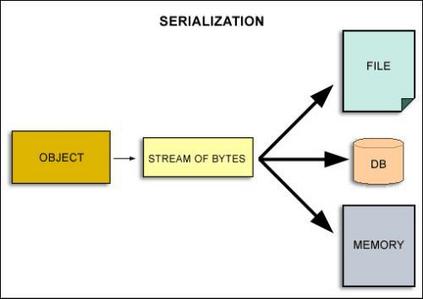Minimum cut/maximum flow (min-cut/max-flow) algorithms solve a variety of problems in computer vision and thus significant effort has been put into developing fast min-cut/max-flow algorithms. As a result, it is difficult to choose an ideal algorithm for a given problem. Furthermore, parallel algorithms have not been thoroughly compared. In this paper, we evaluate the state-of-the-art serial and parallel min-cut/max-flow algorithms on the largest set of computer vision problems yet. We focus on generic algorithms, i.e., for unstructured graphs, but also compare with the specialized GridCut implementation. When applicable, GridCut performs best. Otherwise, the two pseudoflow algorithms, Hochbaum pseudoflow and excesses incremental breadth first search, achieves the overall best performance. The most memory efficient implementation tested is the Boykov-Kolmogorov algorithm. Amongst generic parallel algorithms, we find the bottom-up merging approach by Liu and Sun to be best, but no method is dominant. Of the generic parallel methods, only the parallel preflow push-relabel algorithm is able to efficiently scale with many processors across problem sizes, and no generic parallel method consistently outperforms serial algorithms. Finally, we provide and evaluate strategies for algorithm selection to obtain good expected performance. We make our dataset and implementations publicly available for further research.
翻译:最小切分/ 最大流( 最小切分/ 最大流) 算法解决了计算机视觉中的各种问题, 因此在开发快速切分/ 最大流算法方面付出了巨大的努力。 因此, 很难为特定问题选择理想算法 。 此外, 平行算法没有进行彻底的比较 。 在本文中, 我们评估了最先进的序列和平行的最小切分/ 最大流算法 。 我们发现, 最大的一组计算机视觉问题 。 我们关注的是通用算法, 即非结构化图表, 但也比较了专门的 GridCut 实施。 在适用的情况下, GridCut 表现得最好。 否则, 两种假流算法, 即 Hoshcum 假流和超过宽度的第一次搜索, 都达到了总体的最佳性能 。 测试了 Boykov- Kolmogorov 算法 。 在通用平行算法中, 我们发现刘和孙的自下而起的合并算法是最好的, 但是没有方法。 在通用平行方法中, 只有平行的推分级推分级推分级算法 算法, 我们无法持续地评估 。




